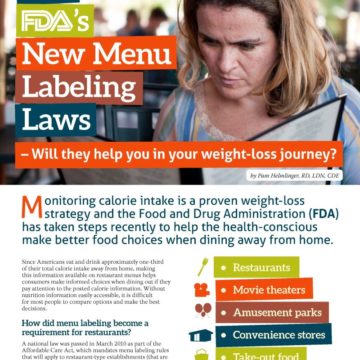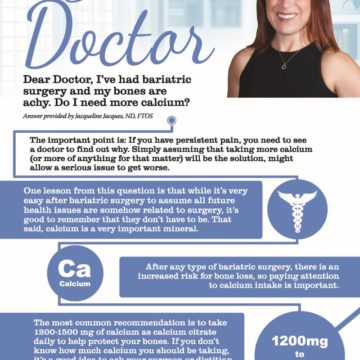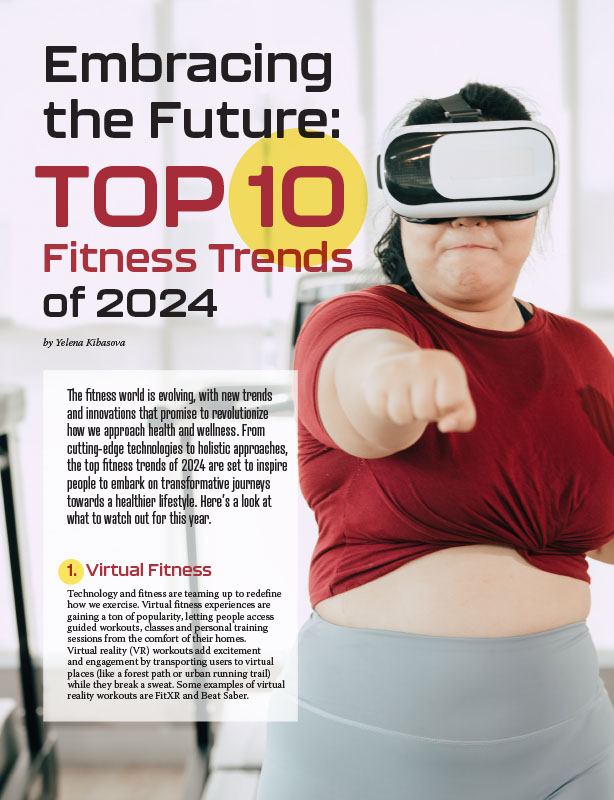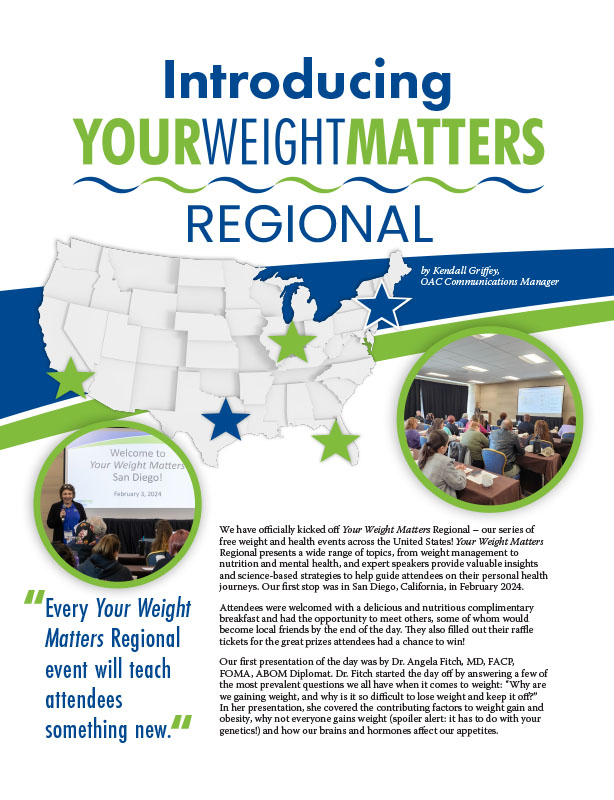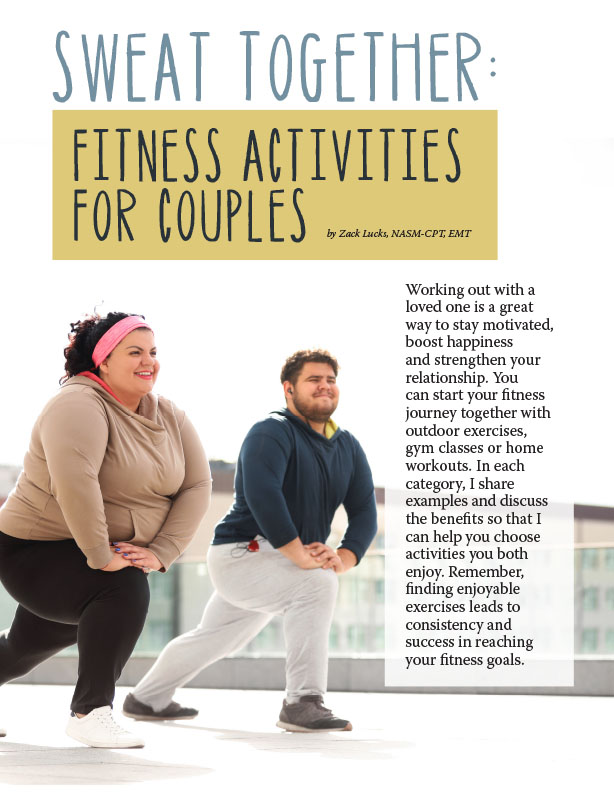Walk into Weight-loss and Health

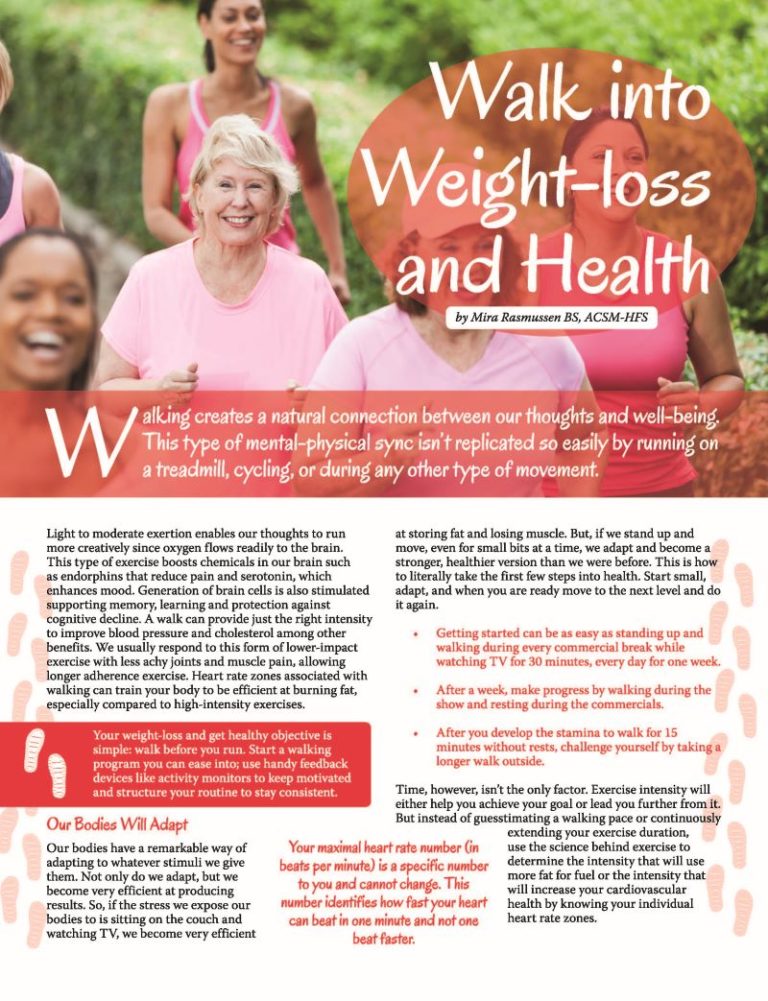
by Mira Rasmussen BS, ACSM-HFS
Spring 2015
Walking creates a natural connection between our thoughts and well-being. This type of mental-physical sync isn’t replicated so easily by running on a treadmill, cycling, or during any other type of movement.
Light to moderate exertion enables our thoughts to run more creatively since oxygen flows readily to the brain. This type of exercise boosts chemicals in our brain such as endorphins that reduce pain and serotonin, which enhances mood. Generation of brain cells is also stimulated supporting memory, learning and protection against cognitive decline. A walk can provide just the right intensity to improve blood pressure and cholesterol among other benefits. We usually respond to this form of lower-impact exercise with less achy joints and muscle pain, allowing longer adherence exercise. Heart rate zones associated with walking can train your body to be efficient at burning fat, especially compared to high-intensity exercises.
Your weight-loss and get healthy objective is simple: walk before you run. Start a walking program you can ease into; use handy feedback devices like activity monitors to keep motivated and structure your routine to stay consistent.
Our Bodies Will Adapt
Our bodies have a remarkable way of adapting to whatever stimuli we give them. Not only do we adapt, but we become very efficient at producing results. So, if the stress we expose our bodies to is sitting on the couch and watching TV, we become very efficient at storing fat and losing muscle. But, if we stand up and move, even for small bits at a time, we adapt and become a stronger, healthier version than we were before. This is how to literally take the first few steps into health. Start small, adapt, and when you are ready move to the next level and do it again.
- Getting started can be as easy as standing up and walking during every commercial break while watching TV for 30 minutes, every day for one week.
- After a week, make progress by walking during the show and resting during the commercials.
- After you develop the stamina to walk for 15 minutes without rests, challenge yourself by taking a longer walk outside.
Time, however, isn’t the only factor. Exercise intensity will either help you achieve your goal or lead you further from it. But instead of guesstimating a walking pace or continuously extending your exercise duration, use the science behind exercise to determine the intensity that will use more fat for fuel or the intensity that will increase your cardiovascular health by knowing your individual heart rate zones.
Your Maximal Heart Rate Zone
Heart rate zones can be utilized either by knowing your maximal heart rate or by doing a VO2max exercise assessment. Your maximal heart rate number (in beats per minute) is a specific number to you and cannot change. This number identifies how fast your heart can beat in one minute and not one beat faster. Knowing this number allows you to identify work-out zones that match your specific goals. For example:
Maximal Heart Rate
50-60 Percent
Training at 50–60 percent of your maximal heart rate is the first point on the wellness continuum where health benefits are realized. Blood pressure lowers, cholesterol levels improve, muscle mass is stimulated, and the majority of calories burned come from fat.
60-70 Percent
Training at 60–70 percent of your maximal heart rate increases the amount of calories burned from fat per minute of exercise and doubles your health rewards. You’ll burn more fat in this zone than the lowest zone and gain more endurance strength.
70-80 Percent
Training at 70-80 percent of your maximal heart is where you will begin to realize more substantial cardiovascular benefits, but this zone can also be quite strenuous for the beginner exerciser. This is also the zone where more calories come from stored carbohydrates instead of fat.
80-90 or 90-100 Percent
Training at 80–90 percent or 90–100 percent of your maximal heart rate is not recommended for the beginner exerciser. Although higher zones can produce greater heart health, these zones can be deceiving in regards to fat loss. Training at these intensities may produce a higher amount of calories burned in a short amount of time, but these calories come from carbohydrates instead of fat, ultimately working against weight-loss goals.
It’s best to determine your maximal heart rate with a qualified exercise professional. Sub-maximal testing isn’t quite as accurate as testing with an exercise professional, but it’s a good place to start. One such sub-maximal test is called the “talk test” which is to exercise until you feel talking is slightly uncomfortable and then add 30-40 bpm to the number. This will give you a rough estimate of your maximal heart rate. The old method commonly found in gyms of (220 – Age = Max Heart Rate) formula was developed for males under the age of 55 and was not meant for use by the entire population. Furthermore, if you’re using this method, you could be exercising in zones that are way too high or low for your health and fitness goals. As you know from the zone definitions in this article, working out in zones too high can be dangerous while working out in zones too low make goals difficult to accomplish. Charts and formulas set aside, the safest and most recommended method to determine your exercise zones is through a metabolic test called VO2max testing.
VO2max
A VO2max test (also known as indirect calorimetry) is a metabolic test, administered by a fitness professional, that can determine exactly how many calories and what type of calories you are burning in relation to your heart rate during exercise. This test is similar to a stress test but instead of testing for blood flow imbalances, this exercise assessment determines how your body utilizes oxygen to metabolize fat and carbohydrates for energy. From this test, the exercise professional will be able to provide zones that match your goals based on your current fitness level and heart health. Knowing your zones takes the guesswork out of exercise and gives you the confidence that your time exercising is spent achieving your goals.
Start a Program and Monitor Your Activity
Starting a walking program has never been easier than with today’s popular activity monitors and their ability to track things like:
- Your steps
- Hours of sleep
- Overall daily activity
- Calories burned
But the best activity tracker is the one that doubles as a heart rate monitor, truly tracking the intensity of your movements and exercise versus steps alone. I also recommend an activity monitor that tracks your hourly progress via a detailed screen instead of LEDs. Knowing your status gives you the advantage of changing your activity outcome throughout the day instead of realizing too late that you can’t meet your goal. These little feedback devices can make your daily dose of exercise seem manageable since it tracks all of your activity. Those five-minute walks at lunch, taking the scenic route to your car, or pacing while talking on the phone add up to the amount of activity that will help you be and feel healthy. This can be just the right amount of encouragement on a low-energy day. I highly recommend taking a closer look at activity monitors and finding one—preferably with a heart rate monitor—that works best for you.
Now that you understand heart rate zones and have set your fitness goals accordingly, it’s time to make a walking structure that you can stick with. A few things to consider are:
- Environment – Are you an outdoors person who craves the type of subtle stimulation that eases your mind and restores creativity? If so, a walk around the park or through your front door and around your neighborhood may give you more benefit than walking inside. Or are you just starting and would rather build up stamina in your living room? This is a great way to start! I’ve found myself just short of the ideal 10,000 steps (four miles) at the end of a day and completed it while talking on the phone or watching my favorite show.
- Inspiration – One of the best motivations is to have a buddy or friend make a walking goal with you. Meet up with them when possible to walk together, or set a step challenge between the two of you and check in with each other. It’s easy to walk a little farther when lost in conversation or in friendly competition.
- Schedule – Consider things like work deadlines, travel plans, events, or time with the family. We all have to balance our demands with our goals. If walking twice per week for 15 minutes is the only feasible starting point, start there! Make a workout schedule that you can accomplish. When it comes to family time, walking together is a great way to achieve it. Walks can be just the time away you need from the daily distractions we all face.
Conclusion
Conditioning yourself into a healthy lifestyle is as simple as stepping into it, little bits at a time, throughout the day. Understanding exercise intensity and heart-rate zones provides you the confidence knowing that the time you spend exercising is achieving a specific goal. Feedback devices like activity monitors are a fun, motivating way to track your exercise and challenge your steps. Success is best achieved managing your goals by measuring and monitoring progress. Lastly, taking note of your environment—what, or who inspires you—and balancing your workout schedule with your daily demand will take your walking program and your health to the next level.
About the Author:
An exercise physiologist and health professional for the last eight years and soon-to-be owner of a specialized personal training and wellness studio in Georgetown, Texas, Mira Rasmussen BS, ACSM-HFS, is passionate about personalizing the path to wellness and being a guide through that life-changing process. She has worked with all populations and has utilized her psycho-physiological skills in eating disorder recovery, addiction, corporate wellness, personal training and nutrition. Mira has worked side-by-side with renowned dietitians, doctors and psycho-therapists using physical fitness as a vital tool for clients to reach and sustain a well-balanced life.
by Yelena Kibasova Spring 2024 The fitness world is evolving, with new trends and innovations that promise…
Read Articleby Kendall Griffey, OAC Communications Manager Spring 2024 We have officially kicked off Your Weight Matters Regional…
Read Articleby Zack Lucks, NASM-CPT, EMT Winter 2024 Working out with a loved one is a great way…
Read Article




